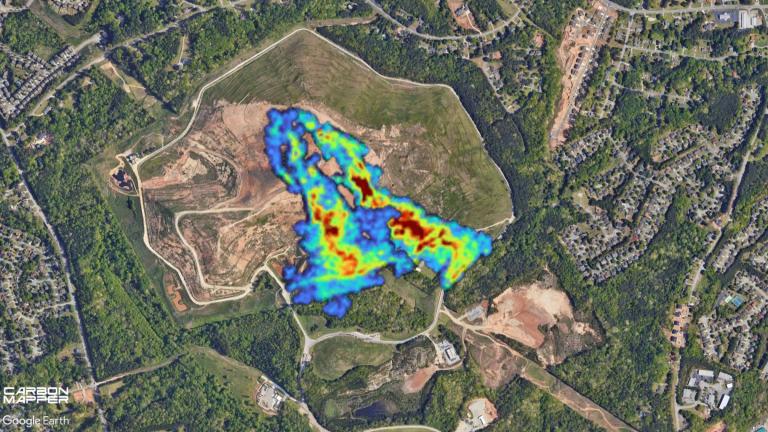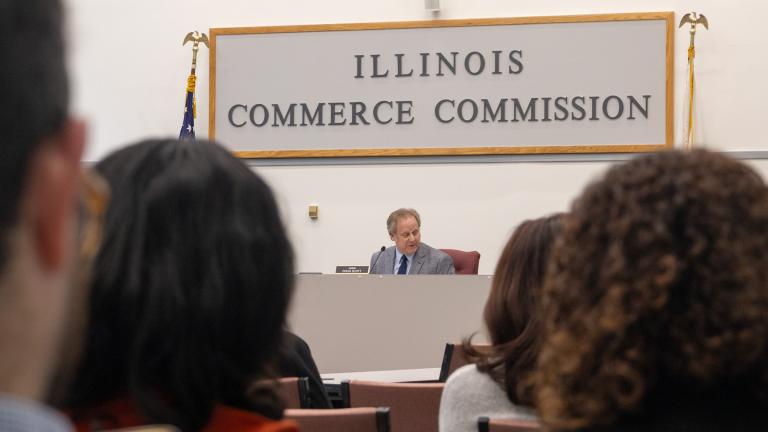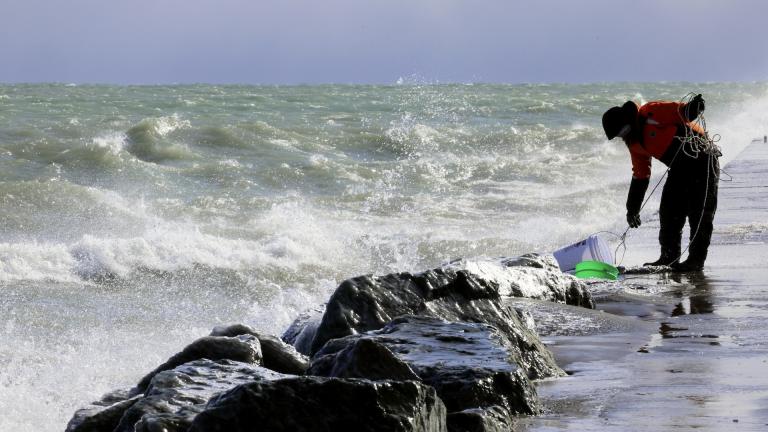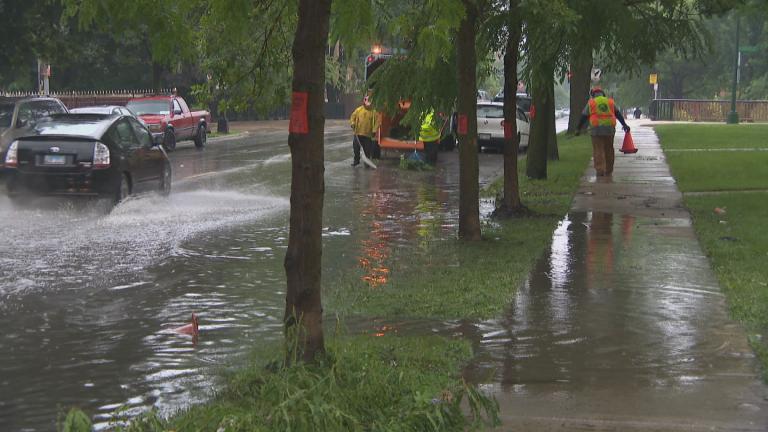Climate scientist Daniel Horton says from an environmental perspective, electric vehicles – like he drives, if he’s not biking or walking – are a no-brainer.
“Internal combustion engines that we drive around in are very inefficient, compared to the power generation stations that create the electricity that we use to power the electric vehicles. And so we know that if we adopt electric vehicles, our carbon emissions will go down. They’ll still exist in the form of fossil-fuel based electricity generation, but it will be much lesser than the individual vehicles that people drive today,” he said.
Horton, who leads the Climate Change Research Group at Northwestern University, said he takes a solution-oriented approach to his research, including models that use different energy scenarios. One found that the U.S. could save lives and prevent 250 gigatons of carbon emissions each year if a quarter of the nation’s drivers swapped their regular gas-guzzlers for electric-powered vehicles.
In addition to the carbon dioxide reductions, there’s an air-quality benefit, he said. Internal combustion engine cars also emit particulates that can be harmful to breathing.
“The removal of those pollutants from the tailpipes of your vehicle can have significant health benefits to society,” Horton said.
President Joe Biden’s new climate commitments and proposed massive infrastructure program aim to quickly move the nation on the path to green vehicles.
Chicago and Illinois likewise have goals of going down that road.
Last August, Gov. J.B. Pritzker released an eight-point plan that boldly declared “we will become the best state in the country for electric vehicle producers and consumers,” including by increasing the adoption of electric vehicles in the state to 750,000 by 2030.
Should that happen, EVBox’s Megha Lakhchaura said Illinois would need to have 100,000 charging ports – 98,000 more than the 2,000 there are now. EVBox manufactures “super-fast” chargers from suburban Libertyville. Lakhchaura said the company hopes to help fill that gap.
It's not just personal cars that could increase the percentage of electric vehicles on the roads and help to reduce greenhouse gas emissions.
Pritzker Thursday signed an executive order establishing a working group tasked with ensuring Illinois future vehicle purchases be for low or zero emission vehicles.
The Chicago Transit Authority in early April debuted new electric buses that run back and forth from Navy Pier along Chicago Avenue to the West Side.
Susan Mudd with the Environmental Law and Policy Center said it’s a route that means the cleaner, quieter buses are serving “neighborhoods frankly that have more air pollution and more health problems and more historic impact from air pollution.”
The other advantage, she said, is that Navy Pier tourists can see that electric buses are different – but not too much different.
“People aren’t used to thinking about plugging in their car overnight,” Mudd said. “As more of these are literally seen people will understand it’s not really such a huge, huge change.”
Another potential landmark for the electric vehicle movement, the “Clean Commute for Kids” Act, was introduced in Congress half; the measure aims to electrify half the nation’s fleet of school buses.
Illinois set aside $10 million of its portion of the Volkswagen diesel emission settlement money to spend on helping with the purchase of the more-expensive electric vehicles, though advocates are frustrated that thus far the state has only helped to get a handful on the roads.
Most of the money’s sitting idle.
An Illinois Environmental Protection Agency representative Thursday did not address the reason for the delay.
Follow Amanda Vinicky on Twitter: @AmandaVinicky








